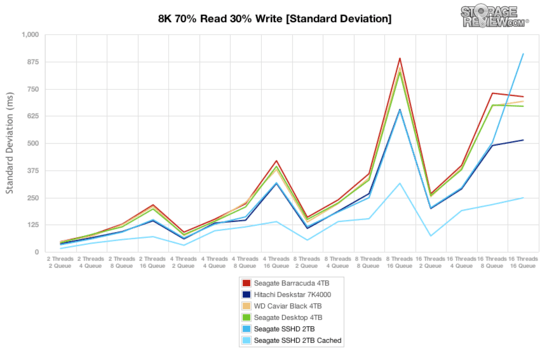1
Short question: How does a hybrid drive handle large files which are occasionally used but only sequentially read/written, like hiberfile?
Long story: I have 12 GB ram in my desktop, and due to occasional power cuts, I hibernate a lot! I have been using Samsung 840 SSD, 120GB, and I can see huge performance decrease over last few months, due to my occasional hibernation on SSD! I found that windows will only place hiberfile.sys in OS drive, and for the windows to be snappy, I need OS files in nand flash memory. Thus I want to buy a hybrid drive that wouldn't "intelligently" place the hiberfile.sys or a portion of hiberfile.sys into the nand region. This is why I want to know, how does a hybrid drive work, I know "it places most used sectors into nand region", but Is there a file size criteria? If I hibernate more than I shuts down, would the nand-region contain only sectors having hiberfile instead of windows boot files?
Here is more clarification: I am considering to buy Seagate 1TB drive (ST1000DX001) which has 8GB nand flash. I hibernate more than I shut down, after using for a few days, will the nand region only contain hiberfile or will it contain any windows boot files.



read it, thats why I had to post this question :( I read the linked review too – None – 2015-01-16T19:43:52.267
" The drive looks at access patterns over time (most likely via a history table of LBAs and their frequency of access) and pulls some data into the NAND" - great, but this just means that if I do hibernate more than shutting down, the nand region will only consist of hiberfile's sector! Doesn't seem "intelligent" – None – 2015-01-16T19:49:18.080
2It's too broad to answer precisely within a few paragraphs. A lot of this is trade-secret stuff nobody except the people at Seagate/WD/etc. know. – bwDraco – 2015-01-16T20:26:08.283
3not to seem disingenuous, but… rather than question the proprietary secrets of drive manufacturers… why not just get a big SSD instead of messing around with hybrid technology? – Tetsujin – 2015-01-16T20:39:33.460
2The caching technology is implemented at the firmware level. As far as I can tell, it is block-level and does not care about the filesystem or individual files on the disk. – bwDraco – 2015-01-16T21:30:04.990